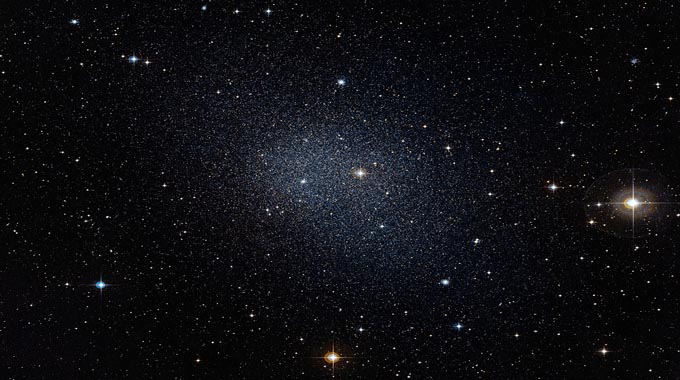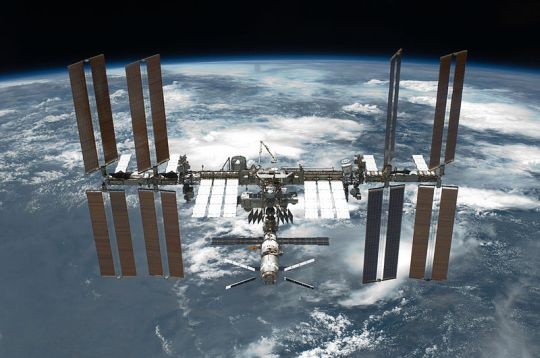
![Lake Fryxell is one of the coldest places on Earth (Credit: Joe Mastroianni) [Source]](https://futurism.com/wp-content/uploads/2014/03/Lake-Fryxell-The-Transantarctic-Mountains.jpg?strip=all&quality=85)
I know what some of you are thinking, “The coldest place in the universe is probably at the very edge of the observable universe, or somewhere in intergalactic space, far, far away from any semblance of a star, or any heat.”Or, perhaps, maybe you think the coldest known place is in Antarctica, or maybe Russia.”
Well, you’re wrong (well, maybe not about Russia. It is home to Oymyakon, a.k.a. one of the coldest towns in the world)
It may surprise you to know that the most frigid temperatures haven’t been found in London or in Taiwan, not on the far side of the Moon or at the edges of a distant black hole (it’s totally not in the CMBR either)…but in Massachusetts.
How Cold Was it in Massachusetts?
About -457° Fahrenheit (just a few trillionths of a degree above absolute zero). No, there were no super storms like in “The Day After Tomorrow.” There were just scientists (which are, arguably, far more dangerous than any super storm).
To accomplish this feat, a team from the Massachusetts Institute of Technology (MIT) in Cambridge, used laser beams to slow down and ultimately cool fast-moving atomic particles. These particles were chilled to temperatures far below what is typically found on the Moon (-378°F/-228°C) or in space (-455°F/-270°C). Researchers achieved these record lows in an attempt to uncover new forms of matter that could act as superconductors at room temperature. These superconductors would completely revolutionize how humans use energy.
Ultimately, the physicists were trying to create Bose-Einstein condensation (BEC), a special kind of matter that is not like standard solids, liquids, or gases. The condensate can only form at temperatures nearing absolute zero.
A New Record?
This record may soon be beat by a different team of researchers. In 2013, it was announced that NASA and JPL (Jet Propulsion Lab) have plans to replicate the same type of temperature manipulation on-board the International Space Station (though the technology, called The Cold Atom Lab, won’t be in effect until at least 2016).

They hope to be able to create temperatures that reach 100 pico-Kelvin (which is one ten billionth of a degree above absolute zero). Undertaking such a task in low-Earth orbit will give scientists insight into how particles influenced through this process behave in microgravity (plus, there aren’t as many outside factors that can influence the results of the experiment on the ISS as there are on Earth).
Rob Thompson, a scientists from JPL, said that if we wind up creating the ideal temperature, “We’ll be able to assemble atomic wave packets as wide as a human hair–that is, big enough for the human eye to see.”
Needless to say, it’s kind of a big deal.
On a Cosmic Scale:
If you’re wondering (and I know you are) where the coldest known place outside of Earth is, look no further than the Boomerang Nebula. These frigid temperatures are likely due to a very fierce wind, some 310,000 mph, blowing ultra-cold gas away from the dying central star. This star has been losing 10 to 100 times more mass than similar stellar objects for roughly 1,500 years.

Ultimately, the rapid expansion of the nebula (as a result of the excessive loss in stellar material) has enabled this region to become the coldest known region in the universe (just one degree above absolute zero).
If you enjoyed this article, you may also enjoy our article on a similar subject: “Is Absolute Zero Absolute?”